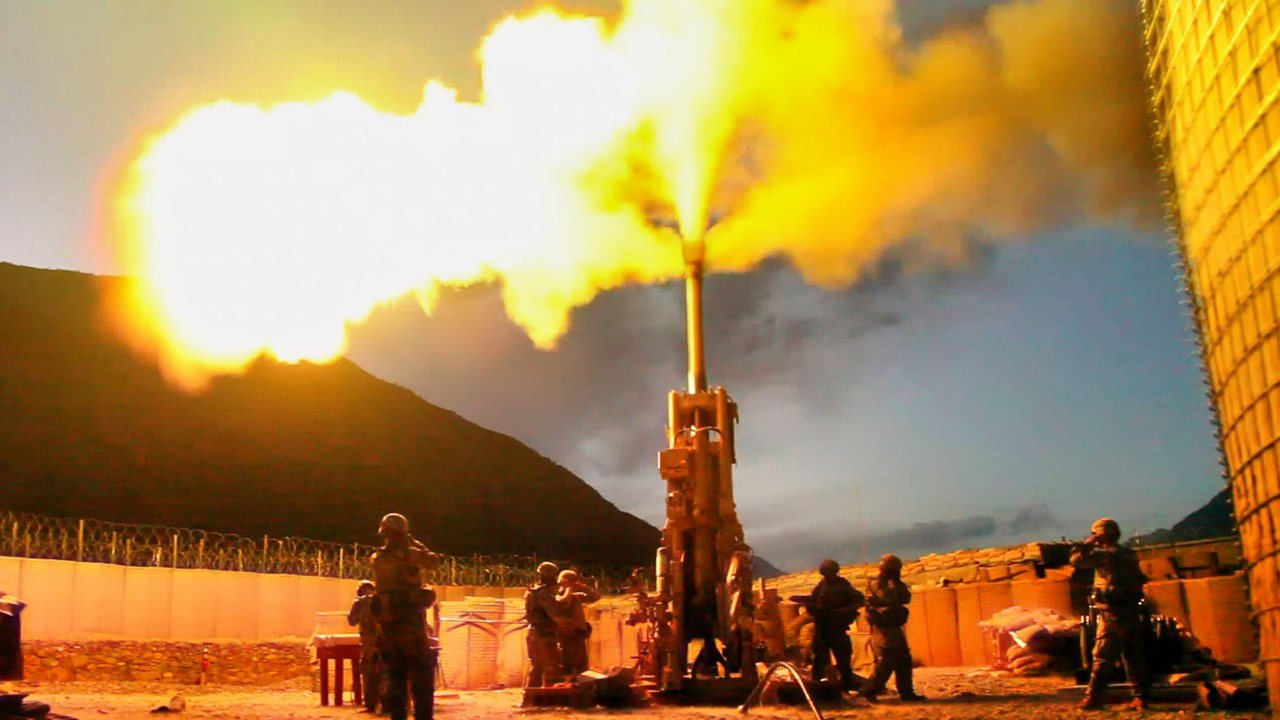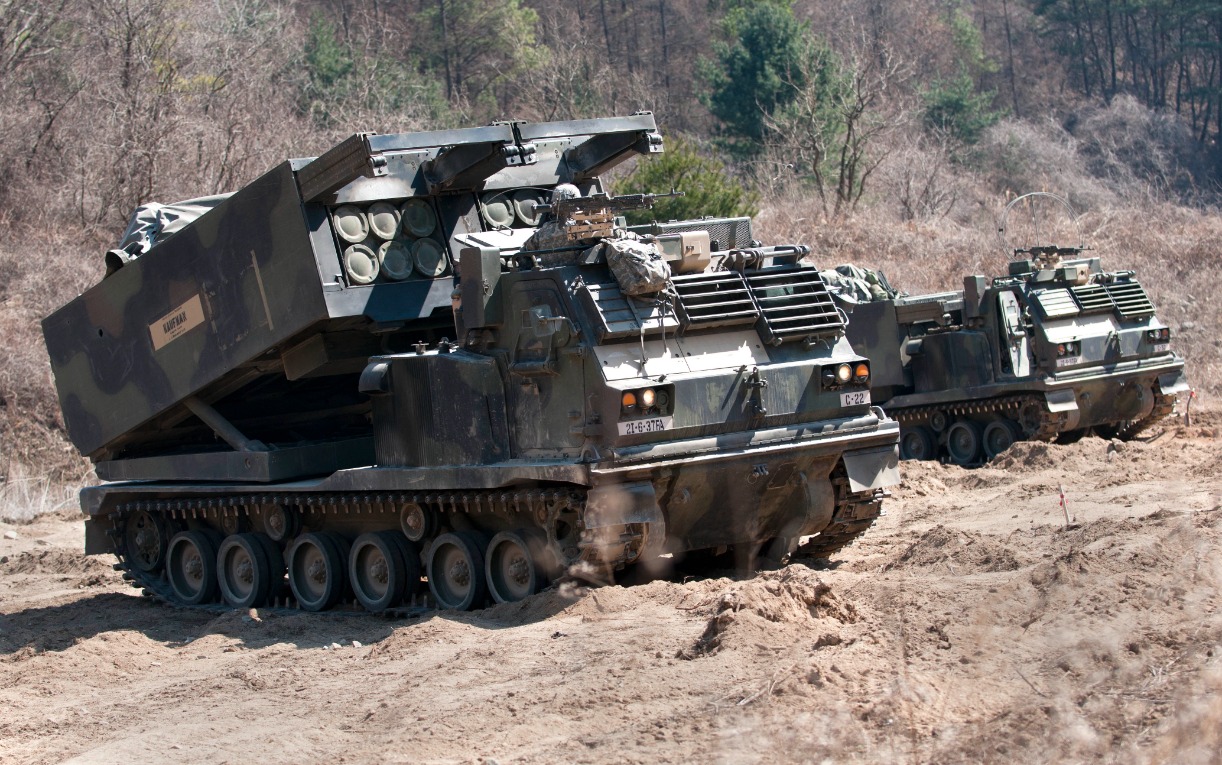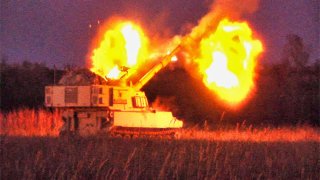Russia Could Still Attack Ukraine with Nuclear Weapons
The war in Ukraine has revived the possibility of nuclear warfare for the first time since the Cold War. During the early months of the conflict, there was significant concern that Russian President Vladimir Putin might order a tactical nuclear strike to avoid defeat.
Summary and Key Points: The war in Ukraine has revived the possibility of nuclear warfare for the first time since the Cold War. During the early months of the conflict, there was significant concern that Russian President Vladimir Putin might order a tactical nuclear strike to avoid defeat.

-Although the situation has stabilized somewhat, the U.S. and Western governments remain vigilant, with contingency plans in place for a possible Russian nuclear strike. The Russian nuclear arsenal is extensive, including 1,710 deployed warheads and thousands more in storage, with a robust nuclear triad comprising land-based missiles, submarines, and strategic bombers.
-The potential use of nuclear weapons by Russia, while currently seen as unlikely, remains a serious concern, especially if the conflict turns against Moscow again.
The war in Ukraine has made nuclear warfare a possibility for the first time since the Cold War.
During the first months of the war, when the situation looked especially bad for Russian forces – not that it is great now, but things have stabilized – there was a real fear in the United States and the West that Russian President Vladimir Putin would order a tactical nuclear strike on Ukraine to prevent a humiliating defeat.
By late 2022, the CIA and other government departments and agencies had contingency plans for a Russian nuclear strike against Ukraine. Such a strike would most likely be a tactical one, meaning that it would directly target part of the battlefield, rather than taking out a city.
But what is the state of the Russian nuclear arsenal today, and is Moscow still considering a nuclear strike against its adversary?
Nuclear Weapons and Decisions
In its latest report on Russia’s nuclear arsenal, the Congressional Research Service assessed that the Russian military currently has 1,710 deployed nuclear warheads (and many additional thousands stored). In addition, the U.S. government estimates the number of Russian tactical nuclear weapons between 1,000 and 2,000 warheads.
The Russian military has a nuclear triad. On the ground, Moscow has 326 intercontinental ballistic missiles. At sea, the Russian Navy fields 12 ballistic missile submarines that can pack a total of 192 ballistic missiles with nuclear warheads. In the air, the Russian Aerospace Forces flies 58 strategic bombers capable of launching or dropping a nuclear munition.
Even though the war is going more favorably for the Kremlin right now, the U.S. government still believes that if Russia’s fortunes flag again, Putin and his Kremlin advisers would resurface the option of a nuclear strike.
"Given the potential desperation of President Putin and the Russian leadership, given the setbacks that they've faced so far, militarily, none of us can take lightly the threat posed by a potential resort to tactical nuclear weapons or low-yield nuclear weapons," CIA Director Bill Burns said in a recent event in Atlanta.
Clearly, the Russian military has the capabilities to conduct a nuclear attack. Much then depends on the political will of Russia. A nuclear strike would likely have serious consequences on Russia, including the potential of a retaliatory strike by the U.S.

"We're obviously very concerned. I know President Biden is deeply concerned about avoiding a third world war, about avoiding a threshold in which, you know, nuclear conflict becomes possible," added Burns, who specialized in Russia and served as a U.S. ambassador in Moscow.
A Russian nuclear attack on Ukraine would be the first nuclear weapon detonation in warfare since the U.S. military dropped two bombs on Imperial Japan during the final days of World War Two.
About the Author:
Stavros Atlamazoglou is a seasoned defense journalist specializing in special operations and a Hellenic Army veteran (national service with the 575th Marine Battalion and Army HQ). He holds a BA from the Johns Hopkins University and an MA from the Johns Hopkins’ School of Advanced International Studies (SAIS). His work has been featured in Business Insider, Sandboxx, and SOFREP.
All images are Creative Commons.


